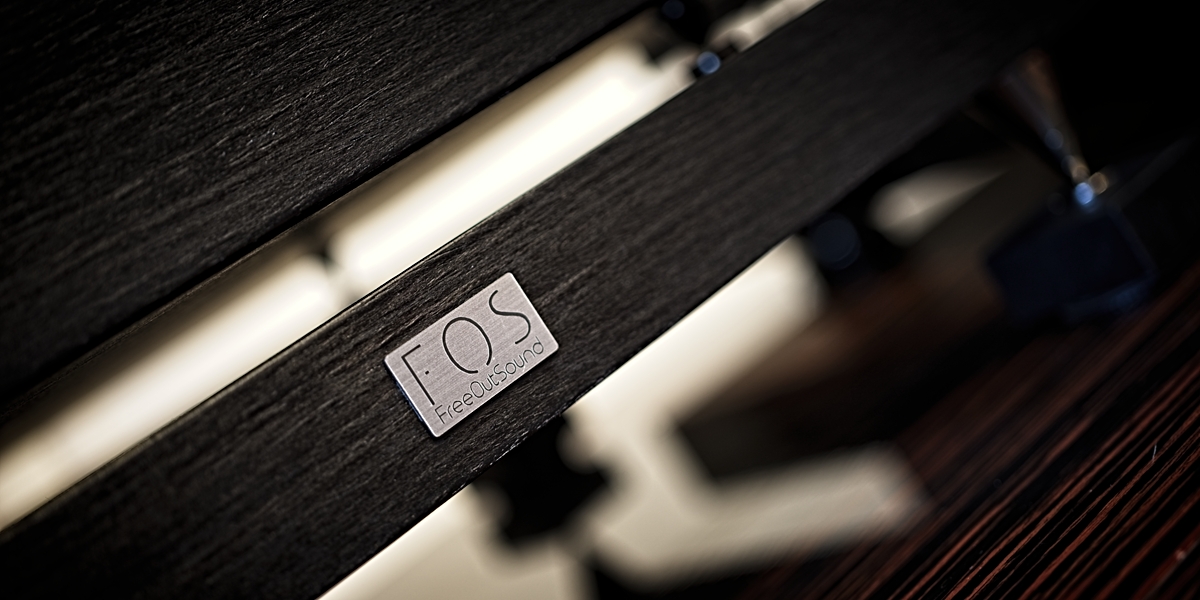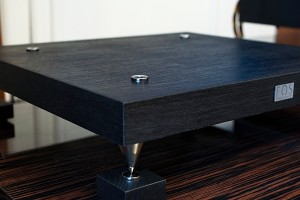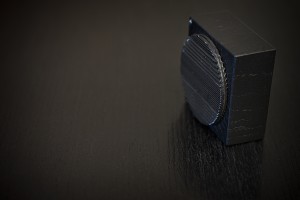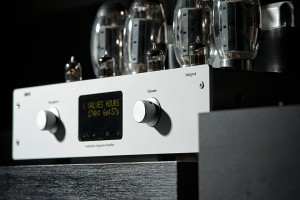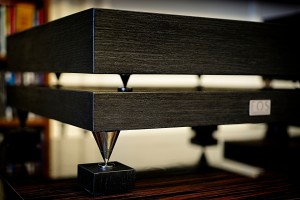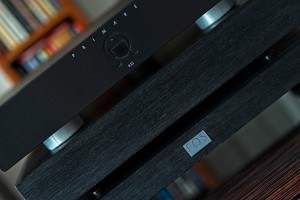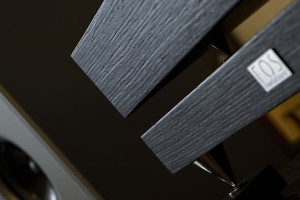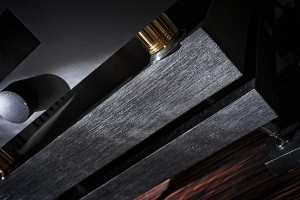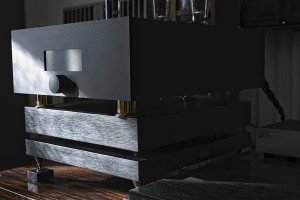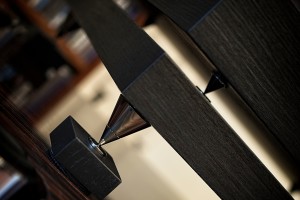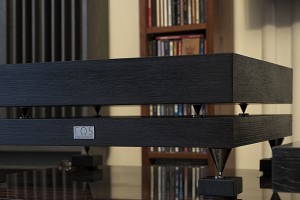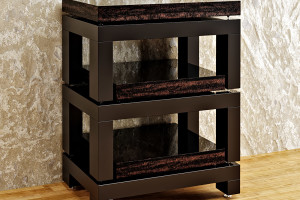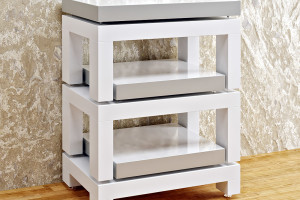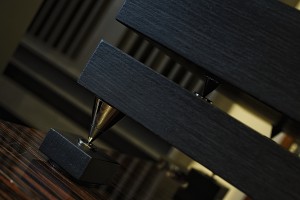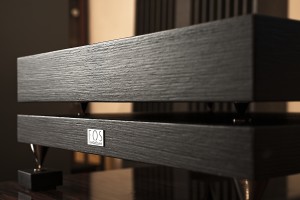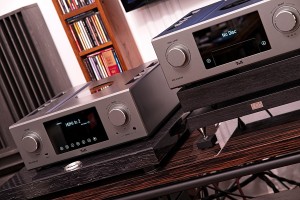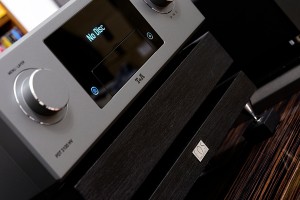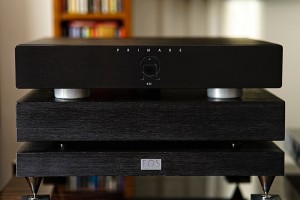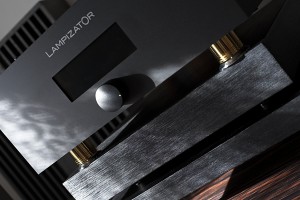When I started writing audio reviews over a dozen years ago, anti-vibration accessories were treated as sort of extravagance. Today, for many, it is an equally important element of an audio system as any other one. So, let me present a product of another promising Polish company FreeOutSound – the anti-vibration platform FOS-70SXL.
Introduction
As I’ve already mentioned, barely a dozen or so years ago, only few people treated damping the vibration present in every audio system, as something worth special attention, and even less so of any serious investment. Those who approached the topic more seriously usually had a decent rack but even for them it was usually it. Today, anyone who wants to get the most out of their audio system, regardless of its price range, is well aware that they need to provide it with „suitable working conditions”. The electronic components are only one aspect of the audiophile puzzle. For optimal sonic results, care should be taken also of the room’s acoustics, high-quality power and damping of vibrations, which have a definitely negative effect on the sound ultimately coming from the speakers. Hence today it is not only a matter of a rack, but also anti-vibration platforms, feet, spikes, stands, isolators and so on, for individual components, and even of damping vibration in audio cables including power ones (both implemented in cables’ design and applied via additional external elements).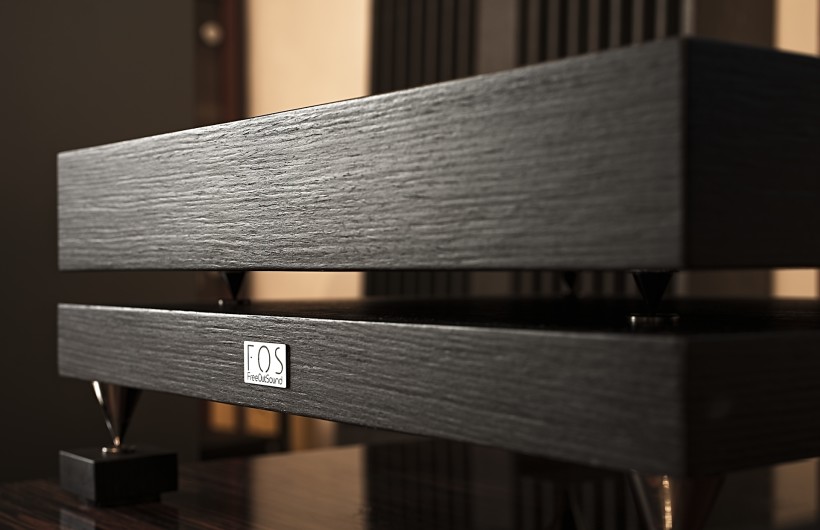
It is no wonder, that the demand for this type of products, and hence the supply, have significantly increased in the recent years. From the customer’s point of view, the larger the offer on the market, the better – it’s easier to find something that meets particular needs and expectations. People look for certain looks, price is also definitely a factor – counteracting vibration is important, but one should not go crazy about it, meaning not everyone has to purchase the top of the line products from market’s leaders. Most people are actually looking for reasonably (at least considering audiophile reality) priced products, and the FOS company seems to target precisely their needs. And last but not least, although it is actually the most important aspect, different solutions/means (as there are many) have a slightly different impact on the sound. Those who have experimented even with simple anti-vibration elements, i.e. with blocks/boards made of different types of wood, or other materials, know perfectly well that each of them changes the sound in a slightly different way. These are not huge differences. As I often like to say, products in this category are a bit like spices in the kitchen. We use them to season a given dish so that it tastes just slightly different, hence even better, or simply more to our liking, but without completely changing its inherent character.
Many manufacturers have noticed and used to their advantage a change in the audiophiles’ approach to the subject of vibration damping. Lot of companies were founded, other expanded their portfolios. Interestingly, quite a lot of them were founded in our country, and some turned out to be quite successful not only on the domestic market but also abroad. Does this mean that there is no room for new players? In my opinion, there is always some for newcomers provided that they have something unique to offer. They can target a specific group of customers by providing them with products from a certain price level, or they may very well have a very wide lineup so that everyone can find something for themselves. They may aim at a sense of aesthetics of some customers who like to have beautiful and unique things at home, including their audio systems. Some can focus on a specific technical solution (certain materials, type of bearing and so on) and base all their products on it. They may also, and this time we are dealing with just such a case, combine extensive experience in a related field with private passion of the founder and offer aesthetically pleasing, reasonably priced products simply doing the job they’re supposed to. The latter is what this test will try to establish as many results of such combination can be found in the FreeOutSound lineup.
Let’s have a look at what the new/old company called FOS Audio has to offer for the audiophiles interested in anti-vibration products. I call it „new”, because it is just a beginning of their adventure on the audiophile market. It is also „old”, because high-end furniture has been its specialty for over 20 years. I mean not so much of the FOS brand, but rather the Magic Decors, but the former one is simply an offspring, an audiophile branch if you will, of the latter. The former, obviously, greatly benefits from the professional knowledge and experience of the people behind the latter. Both are actually driven by the passion of the company’s boss and the man behind many their designs, Mr. Krzysztof Rogucki.
What prompted him to take up a challenge of developing products for the audio market was his private passion – music, or playing music to be exact. As he says, already as a teenager, he began his adventure with music playing drums in an amator band. He had to give it up at some point but after a dozen or so years of an adult life, he finally returned to his youthful passion. Once he did he also, using his experience in furniture business, decided to improve the sound of his bandmate’s guitar by constructing an anti-vibration base for his guitar amplifier. The experiment turned out to be highly successful and pushed him to take on the whole new business of development and production of audio racks, platforms and so on. He called his audio brand FOS – FreeOutSound. Take a little time and go to the FOS Audio website and check out the whole lineup. It is quite extensive already and should meet the tastes of those for whom furniture aesthetics is of a great importance. They, and many others, will find the lineup very interesting, provided of course, that these products do what they are supposed to, i.e. fulfill their anti-vibration role properly. Let me try to answer that for you based on my experience with the FOS-70SXL platform.
Design
For this test manufacturer delivered an anti-vibration platform for a single component designated FOS-70SXL. The platform is a two-story or two-module structure. It consists of the bottom base and a top that one actually places a component on. The base is made of dense wood-based material combined with a multi-layer hardwood. The whole design sits on large, adjustable carbon steel spikes that allow leveling of the platform. These in turn can be decoupled from the surface one places the platform on with either metal washers or, as in the case of the tested unit, with multi-material cubes. Each of them, made of hardwood, features a round metal washer on top with a small notch in the centre to fit the spike’s tip. On the bottom of the wood element there is yet another layer of a quite hard polymer absorber. The combination of several materials of different properties is by no means a new idea, but the skilful use of this solution usually delivers very good results.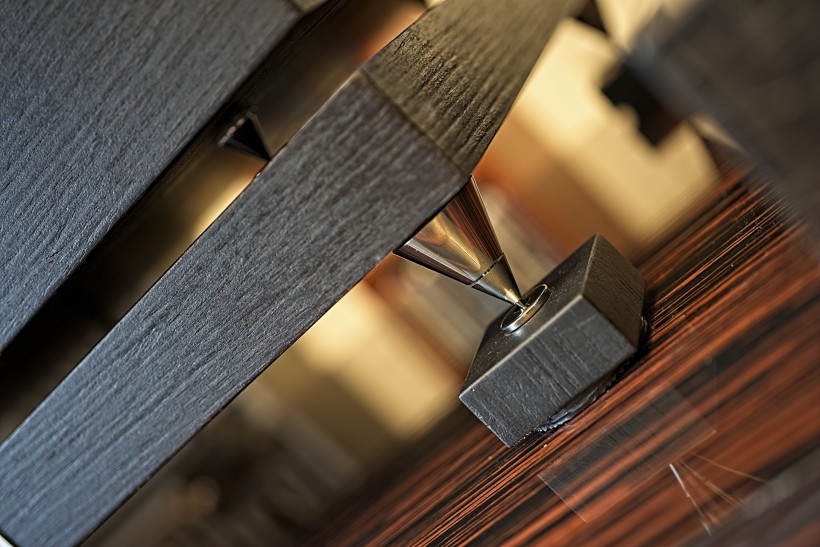
The top, where one places a device, looks similar at first glance, although just by looking at the photo you’ve probably realized, it is about twice as thick. The similarity, however, is a bit misleading, as the design-wise differences are more significant than just the thickness. For the upper module the basic elements are metamorphic stones, in this case two of them, fitted in a box made of wood and wood-based material, decoupled from the base with steel spikes. So again, manufacturer used several materials each with different properties to better cope with damping unwanted vibrations. As Mr. Krzysztof told me, the key idea of the FOS anti-vibration solutions is to isolate a component placed on the platform from external and internal resonances by breaking them sideways in many directions in relation to the center of gravity by means of appropriate configuration and selection of materials. The reviewed model is a perfect realization of that philosophy.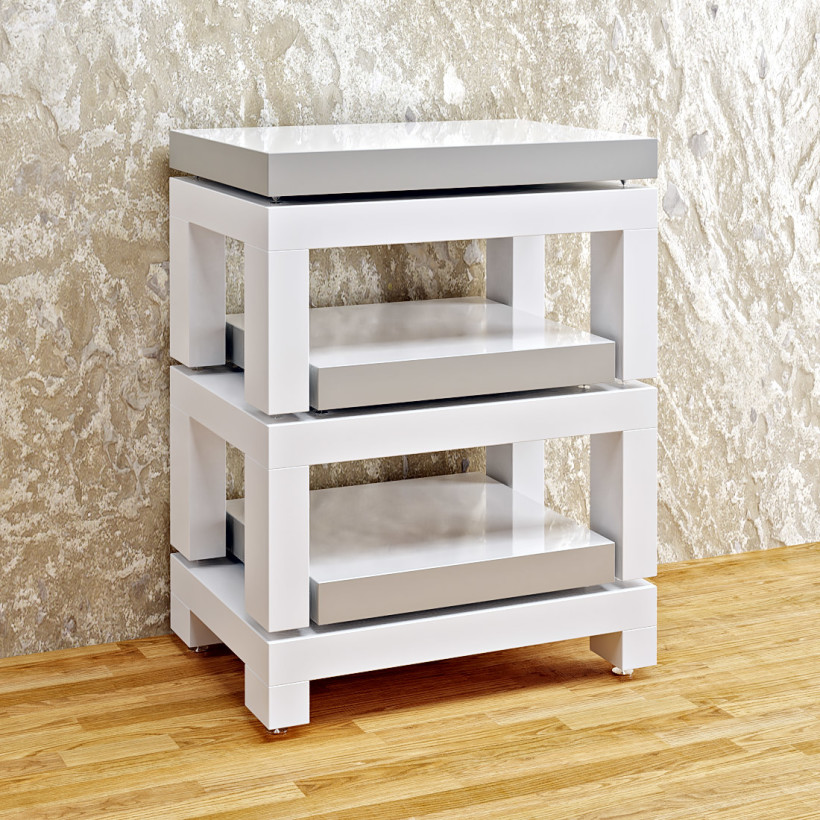
Apart from the small logo on the front of the platform base, there are no other eye-catching elements, but due to its whole form, as well as great workmanship and finish, it looks really good, elegant. It’s one of these designs that don’t wow you at first but quickly grow on you. In the case of the tested unit, the whole was finished with black-stained ebony, but other finishes and sizes are available upon order. I’d like to point one thing to potential buyers – together with the blocks under the bottom spikes the whole platform measures 19cm in height – it’s quite a lot, more than most other platforms I know, so it’s worth taking this fact into account. You just need to be sure there is enough space available wherever you plan to put it. The company utilizes similar solutions also in their racks and cabinets, such as, for example the FOS-10SXL or FOS-20SXL. The former is a natural development of the tested platform designed for users who need an anti-vibration base for the entire system, not just one component.
Sound
During the test, I focused on assessing the changes in the sound introduced by the FOS-70SXL used as the basis for several sources. In each case, the platform was placed on the top shelf of the Base VI rack. One of those sources, de facto the main one during the test, because I knew it best, was my top shelf tube digital-to-analog converter, LampizatOr Pacific. In this case, I had to turn the platform with its side facing front, as the depth of this device is much larger than its width and it was the only way to fit it on the FOS-70SXL. I was able to use it with a logo in the front again with the T+A PDT 3100HV CD/SACD transport and the SDV 3100HV DAC (solid state) of the same brand. In each of these cases, I used my Franc Audio Accessories Wood Block Slim Platform with Ceramic Disc Slim Foot by the same manufacturer, as a reference. I also used the FOS-70SXL in my tests of the LAB12 Integre 4 (see HERE) and Primare R35 – a solid-state phonostage.
However, before I started moving devices between platforms, I listened to some music with my LampizatOr placed directly on the top shelf of my reference Base VI rack and then on the reviewed platform (placed on the rack’s top). After all, many people are asking themselves whether the rack alone is enough to achieve very good sonic results, or in other words, whether one really needs to invest even more in additional anti-vibration components (platforms, feet and so on). The rack made by Krakow-based company, which I have been using for quite a few years now, is a really solid, stable base for an audio system. However, adding another element – feet or platform – on top of it always further changes the sound and more often than not for the better. The FOS-70SXL placed on top of my rack also introduced changes, primarily in terms of two qualities of the presentation.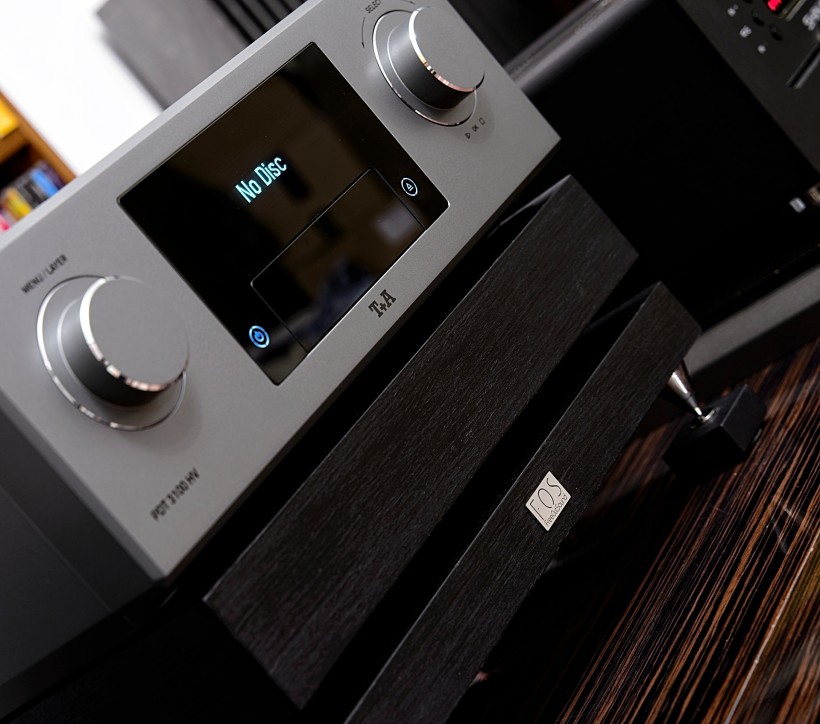
First of all, there was more serenity in the music with it, or maybe I should rather say, it was even more internally coherent, more orderly, less nervous (even though I would not have called it nervous without the platform). Individual elements, building blocks of music, so to speak, were more precisely ordered with it, better defined, and thus the whole presentation became clearer, more focused. The other clearly improved aspect of the presentation was richness of the sound. What do I mean by that? Well, instruments and vocalists with the FOS platform „gained” more body. These bodies were not necessarily somehow super-precisely defined as 3-D objects in space, but without a doubt they were larger, more three-dimensional, heavier and more precisely located in the assigned places on the soundstage. Many systems suffer from lack of richness, they sound too thin, too light, hence too “superficial”. What we get with them is sort of “skeleton” of music, but inadequately encapsulated with “tissue”, and thus the image they create is not very real. Therefore the FOS platform seemed to me to be a perfect solution for this type of cases and a confirmation of the fact, that even having a high quality rack may not be enough and one should still consider an investment in an additional anti-vibration elements at least for some components. Which one, or what type? As I’ve mentioned, there are various solutions available on the market and each of them changes the sound in their own way. To better define what the FOS-70SXL platform does or what you can expect from adding it to your system, I compared it with the one I use on daily basis and paired it with more than one component to get a better picture of its character.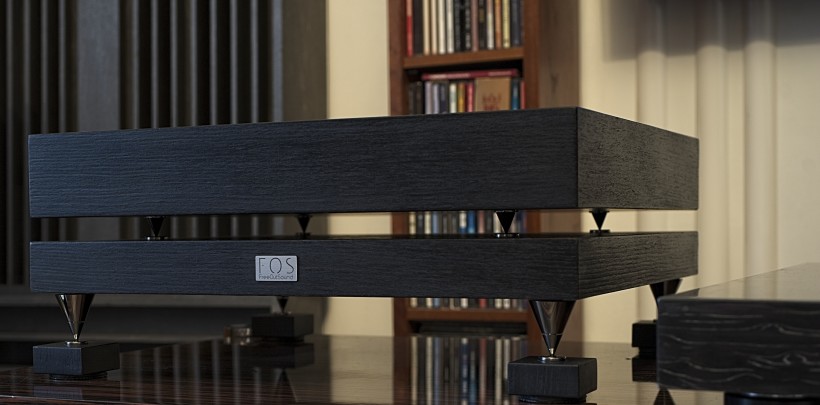 Using several different components to evaluate the tested platform allowed me to determine its main features that repeated each time. Modification of the sound were slightly clearer with the tube D/A Converter and T+A CD/SACD transport than with the solid-state DAC, but even in the case of the latter, they were consistent, had a similar character, although they were smaller in scale. Therefore, to avoid repetition, I shall not break down the description to each of them separately but rather give you the essence of my findings. Elements that repeated in each case were similar to the platform’s sonic impact compared to the “bare” rack, i.e. above all it enriched the sound and added some weight to it. I could hear it perfectly, for example, when listening to the “Contra la Indecision” by the Bobo Stenson Trio, where the double bass gained even more weight and depth with the tested platform. Importantly, it didn’t sound artificial, I didn’t perceive it as something added to the sound, but rather as the true nature of the recording finally “recovered” from it. The result was therefore a more realistic performance of this powerful instrument, a more lively (as opposed to recorded) sound. With the Franc Audio Accessories platform, the same instrument was a bit more tight, contoured, the strings were more clearly marked, faster and the individual sounds were better defined. The version presented with FOS sounded just different, not worse, and in the case of this album I actually preferred it, as the double bass should have a huge, weighty body, just as the reviewed platform provided.
Using several different components to evaluate the tested platform allowed me to determine its main features that repeated each time. Modification of the sound were slightly clearer with the tube D/A Converter and T+A CD/SACD transport than with the solid-state DAC, but even in the case of the latter, they were consistent, had a similar character, although they were smaller in scale. Therefore, to avoid repetition, I shall not break down the description to each of them separately but rather give you the essence of my findings. Elements that repeated in each case were similar to the platform’s sonic impact compared to the “bare” rack, i.e. above all it enriched the sound and added some weight to it. I could hear it perfectly, for example, when listening to the “Contra la Indecision” by the Bobo Stenson Trio, where the double bass gained even more weight and depth with the tested platform. Importantly, it didn’t sound artificial, I didn’t perceive it as something added to the sound, but rather as the true nature of the recording finally “recovered” from it. The result was therefore a more realistic performance of this powerful instrument, a more lively (as opposed to recorded) sound. With the Franc Audio Accessories platform, the same instrument was a bit more tight, contoured, the strings were more clearly marked, faster and the individual sounds were better defined. The version presented with FOS sounded just different, not worse, and in the case of this album I actually preferred it, as the double bass should have a huge, weighty body, just as the reviewed platform provided.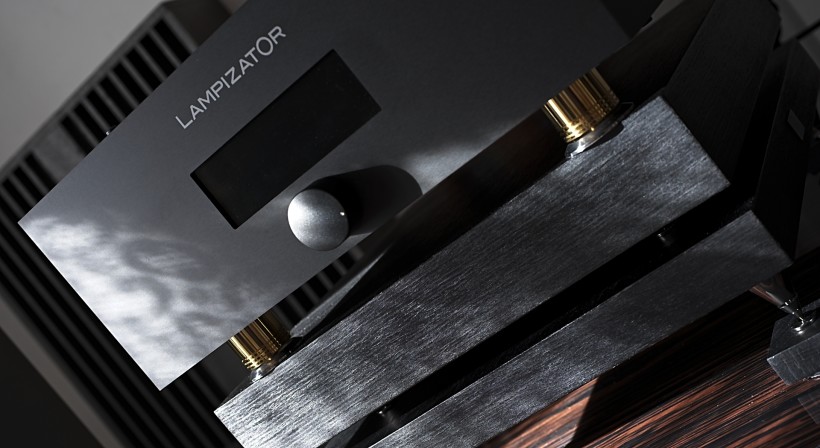
Just to make it absolutely clear, what I am describing are not some huge differences. They were small, but noticeable enough to make an individual choice based on them, to easily choose preferred platform. Although I would make a different choice based, for example, on Ray Brown Trio’s fantastic album, the “Soular Energy”. There, the bass is already better well-defined in the recording, more contoured, with a stronger attack of each sound, but also with good sustain and decay. In this case, I felt the influence of the FOS with Pacific placed on it as not so much as adding weight to it, but rather “fattening” the sound, which was not necessarily a desired effect in this case. On the other hand, I definitely liked the added weight and richness when listening to the first album from the famous Keith Jarret’s “Sun bear concerts” box. The master’s piano delivered a beautifully rich, full, colorful (not colored, mind you!) performance. Everyone who had a chance to listen to a good piano performance live realizes very well how incredibly powerful this instrument can be. No recording is able to fully render it, but the FOS-70SXL pushed the sound in the right direction, making it easier for me to “become” a participant of the event and not just a listener of the recording. This is my private preference, a very important feature of any performance not a common wisdom, but still I consider the ability of a recording/component/system to effortlessly engage the listener to be a great advantage. In a word, with these recording the Polish platform scored some serious point with me.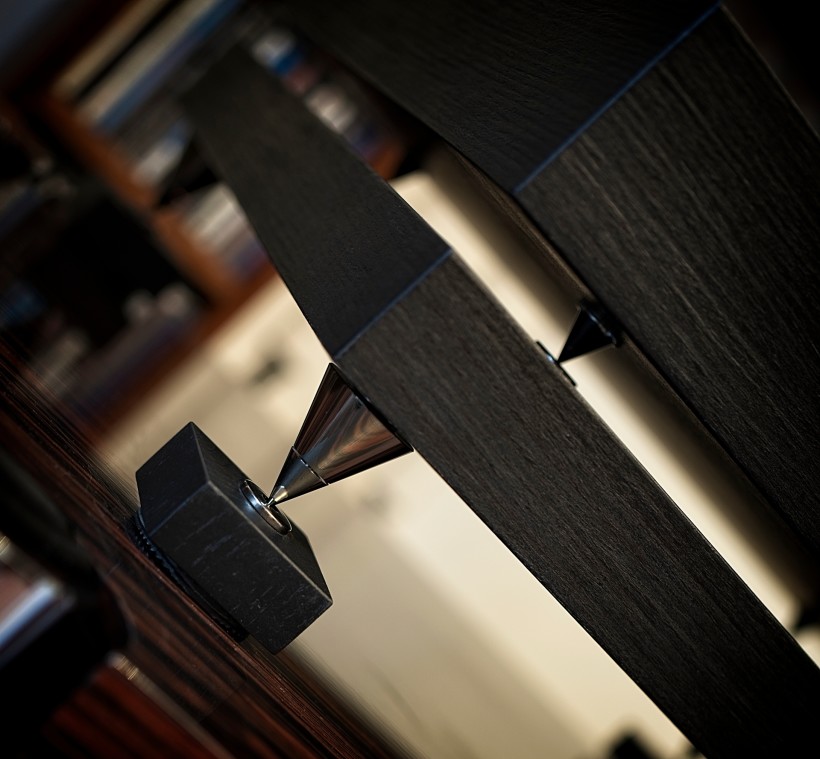
The sound we hear coming from the speakers is, however, a whole, a result of many elements operating together, affecting each other. So the question arises, how does the effect of adding more weight and filling the sound up in the lower part of the band, affect the rest? Just as the low sounds with the tested platform are not contoured or hardened with FOS-70SXL, the treble is presented in a slightly rounded and weighted way. There is no question of closing in the sound, shortening of the decay, lack of reverb, air or vibrancy – whenever these features are present in the recording the review platform conveys them faithfully. What it does, though, is a relatively small, but positively affecting the perception of the sound, operation of smoothing the edges, any roughness or sharpness in the upper part of the band, which is quite common in many non-audiophile recordings. And let’s be honest – most music is released by non-audiophile record labels and we still want to enjoy it, right? The tested platform can make them sound better, in a sense – more friendly to the ear, with more focus on music and less on technical aspects of a recording. Maybe this is not entirely in line with the idea of high fidelity, but insistence on high fidelity only to find many brilliant music pieces to be hard to listen to doesn’t make much sense either, does it? So, apart from perfectionist, top high end systems, what music lovers need is some sort of a compromise and I believe that the FOS-70SXL offers a really good one.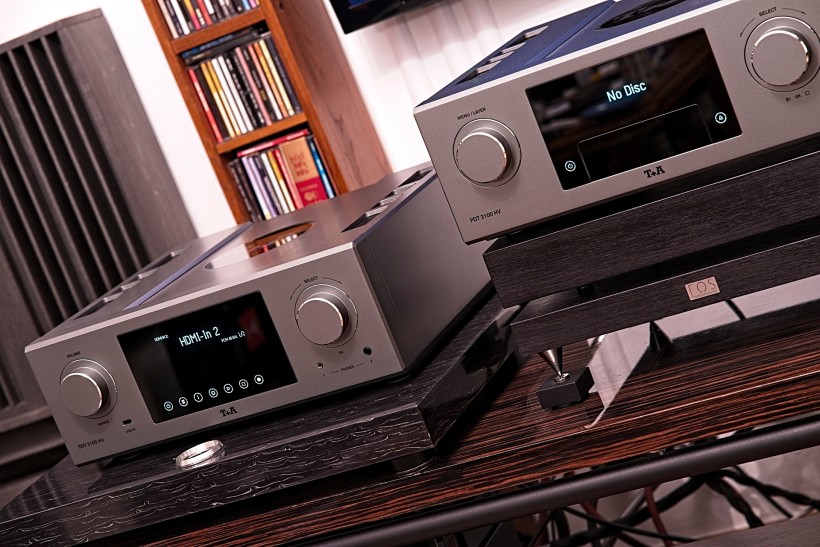
Of course, the point is not that the FOS platform will work wonders and make rock or pop recordings suddenly sound like the best audiophile ones. However, in many cases it will make you completely forget about technical side of recording and replay process, and let you focus solely on music and emotions it brings with it. In my opinion, that’s what we should really care about when setting up any audio system. I listen to many audiophile recordings and expect to be rewarded with quality performance for the extra cost of buying them, but I also listen to AC/DC, Marillion, Rush, or many other rock and blues albums, even few pop ones which do not belong to the audiophile canon. My LampizatOr Pacific is a fantastic DAC, but it’s also more “audiophile” one than its predecessors I used to have (Big7 and Golden Atlantic), i.e. it sticks more to the “high fidelity” rule, or in other words it is more ruthless for the lesser quality recordings. So when I listened to former with DAC placed on the Franc Audio Accessories platform, I appreciated the high precision, amazing resolution, transparency, dynamics and differentiation at the top level. However, when it came to the latter, the not-so-audiophile recordings, I enjoyed the slightly softened, richer version that my DAC, but also the T+A transport and even T+A DAC placed on top of the FOS platform, delivered. The Pacific on FOS platform reminded me a bit of a warmer sounding Golden Gate and for me it was an advantage in the latter case, even though there is no doubt that Pacific is simply an even better source than its predecessor.
Summary
The short version of my assessment regarding what you can expect from using the FOS-70SXL platform in your system is that it should add some weight, fill in the sound, and thus also to warm it up a bit. This may suggest that, because of these features, it is mainly suitable for bright, thin sounding components. And that’s part of the truth – it should do a great job if the system sounds too bright or lacks in terms of richness. But it doesn’t mean that you shouldn’t try it also with components that seem not to lack mass and density. It won’t always work nor will it do good with all music, but in many cases you may find that an even fuller, richer, more substantial sound can offer you an even better, more rewarding musical experience. The more so that while FOS-70SXL does improve the aforementioned elements of the performance there are no losses in terms of resolution, openness or clarity of sound. Sure, there is a delicate rounding of the attack, and the denser sound may seem less clear, but the latter is not really true. The balance of pros and cons of this platform in most cases will definitely be positive, especially if your music library does not consist of only the highest quality recordings. The high quality of craftsmanship and finish and reasonable (in audiophile’s terms) pricing are additional advantages of the FreeOutSound product. So go ahead – give it a try.
Specifications (according to manufacturer):
- Standard dimensions: 17x40x45 cm, other sizes available upon order
- Standard finishes: ebony, rosewood, sandalwood, other finishes available upon order
Price (when reviewed):
- FOS-70SXL: 1180 USD
Manufacturer: FOS Audio
Associated equipment:
- Analogue front end: J.Sikora Standard MAX turntable, J.Sikora KV12 tonearm , AirTight PC-3, phonostages: Grandinote Celio mk IV, ESE Lab Nibiru V 5.0, Primare R35
- Digital source: a passive, custom PC with WIN10, Roon, Fidelizer Pro 7.3, JCat USB Femto card with iFi power supply, Hdplex linear power supply for PC, JCAT USB Isolator
- D/A Converter: LampizatOr Pacific +Ideon Audio 3R Master Time (USB signal regenerator), T+A PDT 3100 HV + SDV 3100 HV
- Power amplifier: GrandiNote Shinai, LAB12 Integre4
- Preamplifier: Audia Flight FLS1
- Loudspeakers: GrandiNote MACH4, Ubiq Audio Model ONE Duelund Edition.
- Interconnects: Hijiri Million, Less Loss Anchorwave, KBL Sound Zodiac XLR, TelluriumQ Silver Diamond USB
- Speaker cables: LessLoss Anchorwave
- Power cables:LessLoss DFPC Signature, Gigawatt LC-3
- Power:Gigawatt PF-2 MK2 and Gigawatt PC-3 SE Evo+; a custom power line with Gigawatt LC-Y in-wall cable; Gigawatt G-044 Schuko and Furutech FT-SWS-D (R)
- Racks: Base VI, Rogoz Audio 3RP3/BBS
- Anti-vibration accessories: ROGOZ-AUDIO SMO40 and CPPB16 platforms and ROGOZ AUDIO BW40MKII feet, Franc Accessories Ceramic Disc Slim Feet and Wood Block Platform


